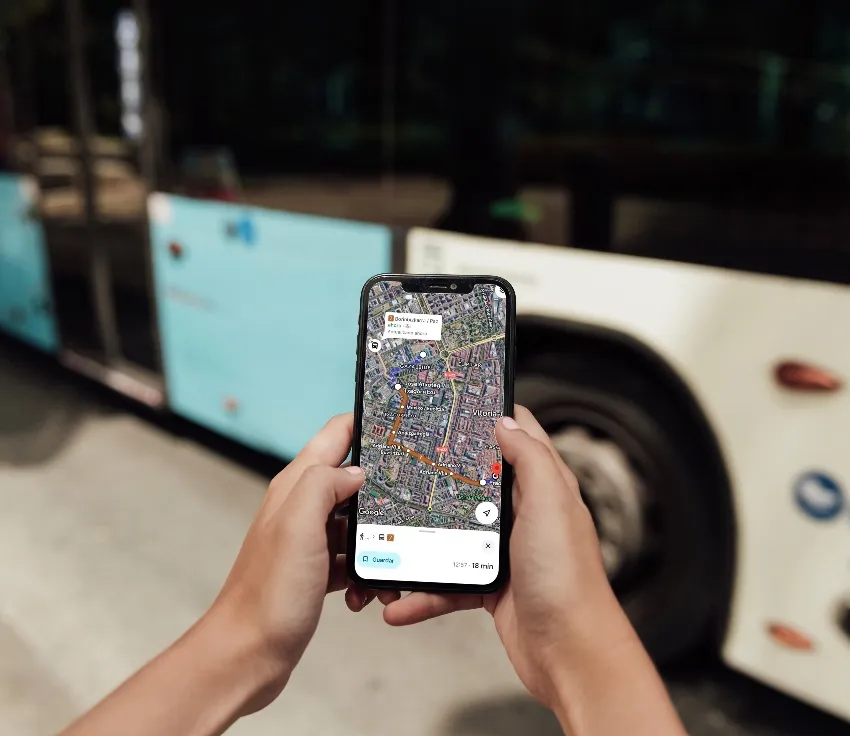For example, small cities could tap data from GPS devices in sensors embedded in the roadway. They can analyse the information with sophisticated algorithms to predict traffic jams around a special event or large construction project before they happen. By predicting where a traffic jams will be in, say, an hour, drivers could be automatically notified ahead of time, multiple alternate routes could be suggested and public transportation schedules could be shifted to better handle demand. A large university would be able to anticipate and plan around local constraints on their traffic network like traffic incidents, a football game or unexpected loss of capacity by adjusting bus scheduling, parking information, readjusting traffic signals or rerouting traffic flow. Also, cities can use a wireless system that monitors the availability of parking spaces. The new transportation management and analytics system from IBM and Telvent is an affordable solution that provides real-time visibility across the entire transportation network and the ability to manage their operations and assets in a more integrated way. Operators can make quick decisions and adjustments to solve common traffic management issues and unanticipated congestion. They will also be able to implement proactive strategies to meet the demands of growing populations. "Real-time visibility across an entire transportation network is key to better traffic management regardless of the size of the area or population,” said Ignacio Gonzalez, Telvent CEO. " We will be combining our expertise to give small urban areas transportation operators a cost-effective way to manage the unique mobility issues that they face, helping them improve operational performance, get more capacity out of their existing transportation networks and improving travellers' experience. "Whether it is suburban sprawl, corridors with a number of businesses located close together or the limited routes across a university campus, existing infrastructure was not designed to handle the reality of traffic today, said Rich Varos, director, Intelligent Transportation Solutions, IBM. "By combining predictive analytics with the realities of system constraints, transportation operators of any size can implement more sustainable traffic planning, improved passenger services and increased efficiencies." Based on IBM's government industry framework and Telvent's SmartMobility management suite, solution components include IBM Cognos, IBM Traffic Prediction Tool, DB2, and Telvent products such as MIST, SmartNET, Telvent SmartMobility Tolling, Telvent SmartMobility Parking and Integrated Corridor Management (ICM). |
IBM and Telvent to create smarter traffic solutions for smaller cities
Telvent and IBM have announced that together they will develop smarter traffic solutions that are affordable and customised for small cities, university and government campuses and business districts. The solution can integrate and analyse data traffic control, road sensors, bus schedules, real-time GPS location and IBM's advanced analytics.
January 25, 2012
Read time: 3 mins









